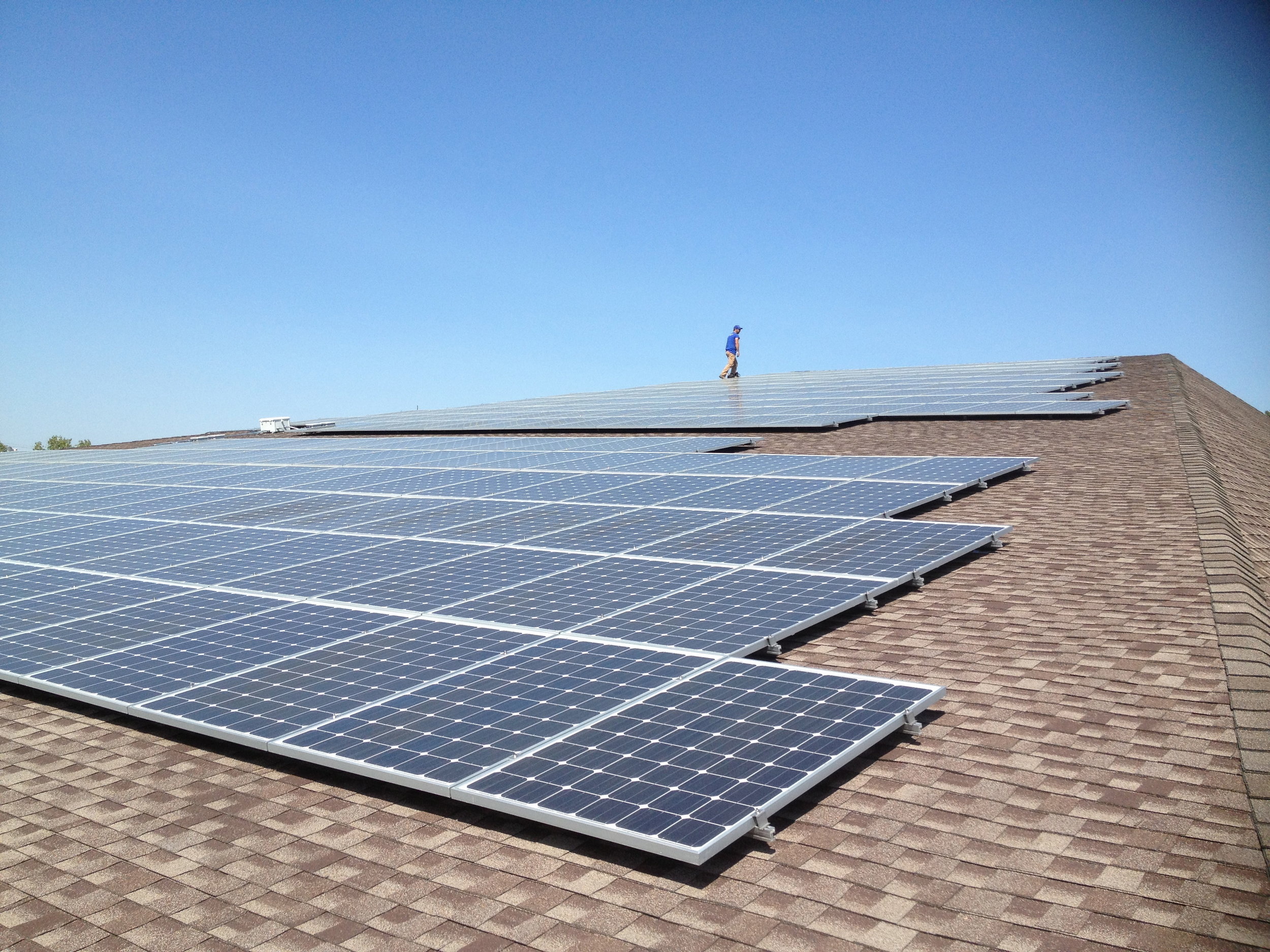

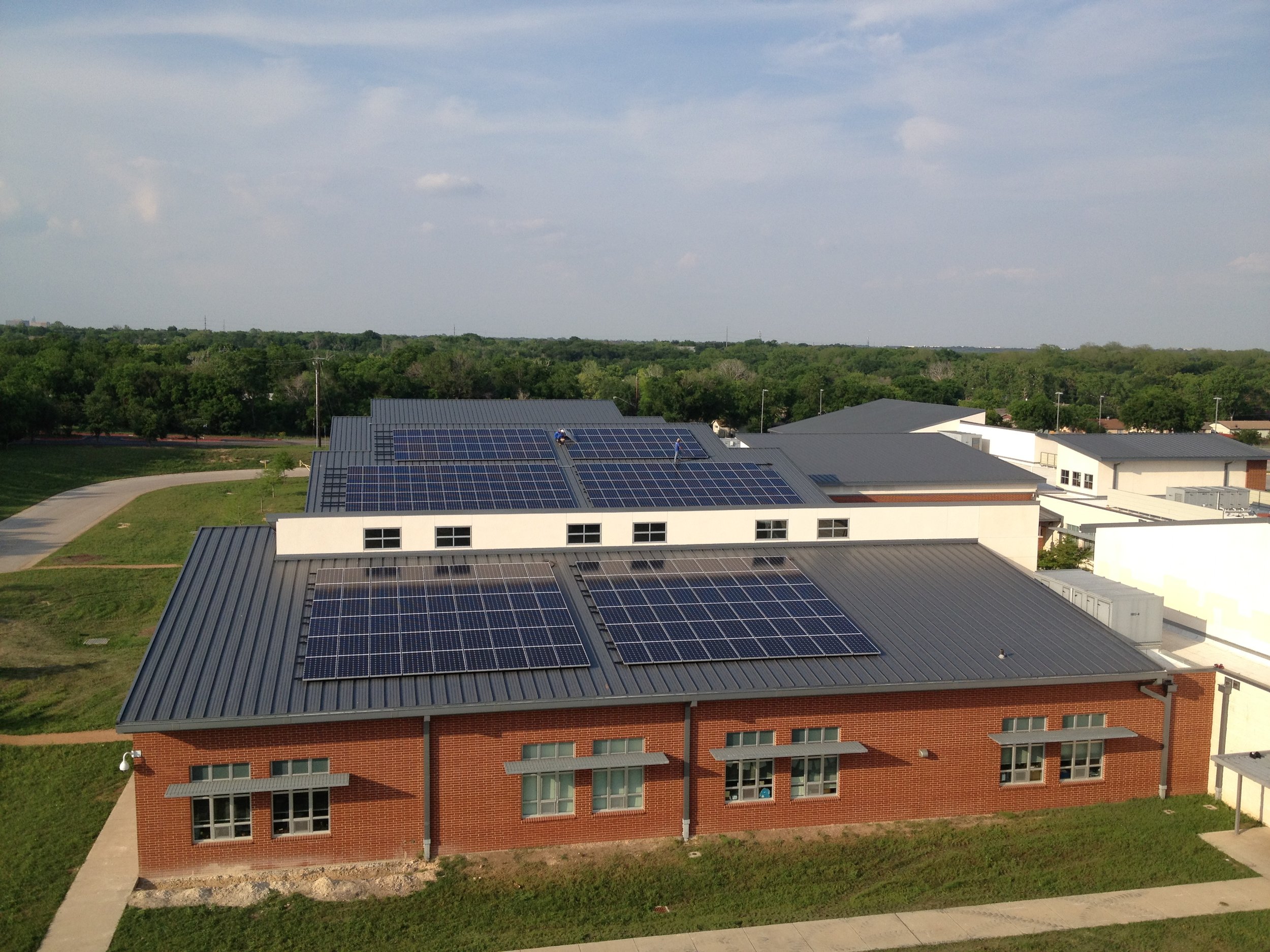
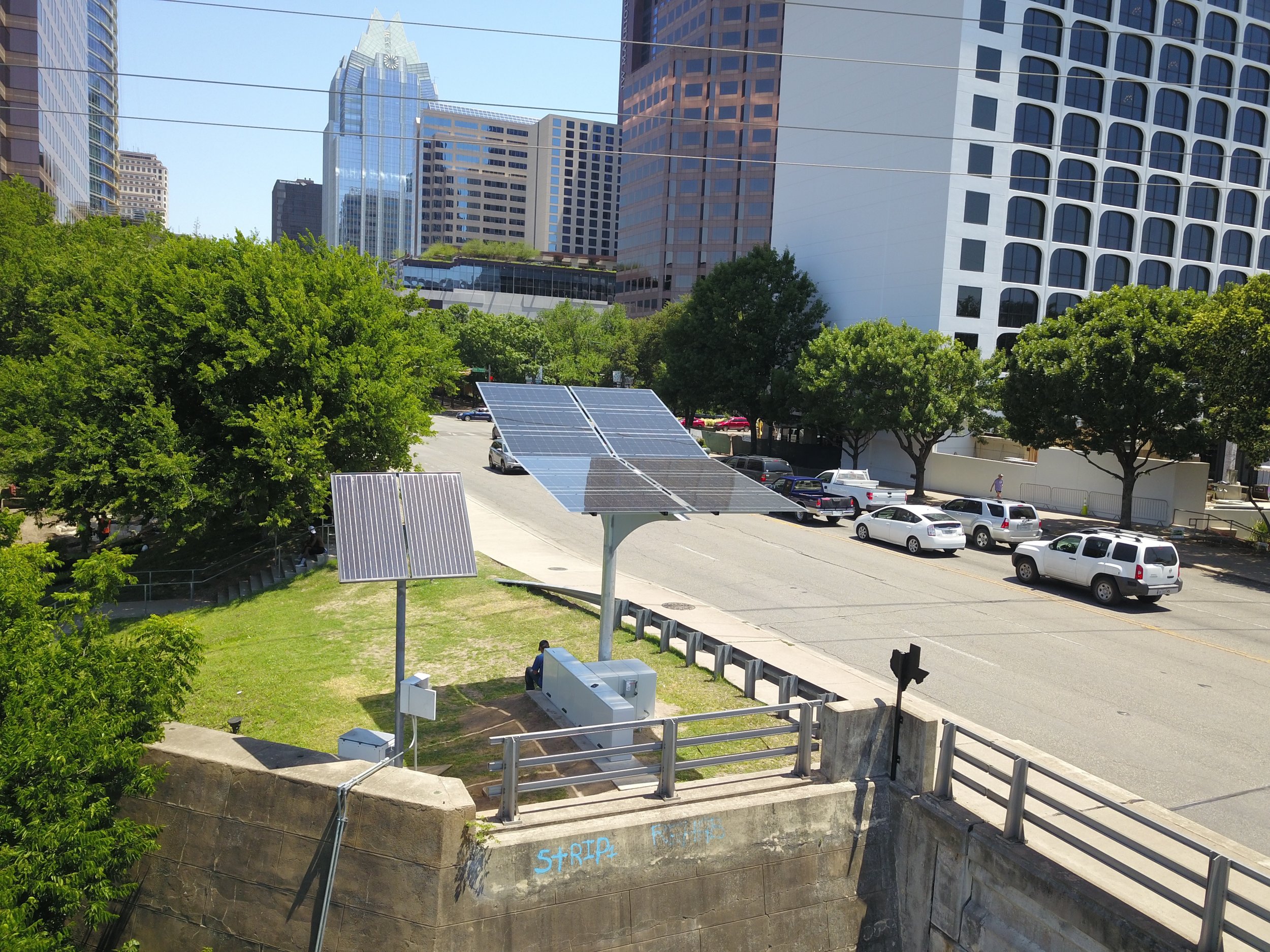


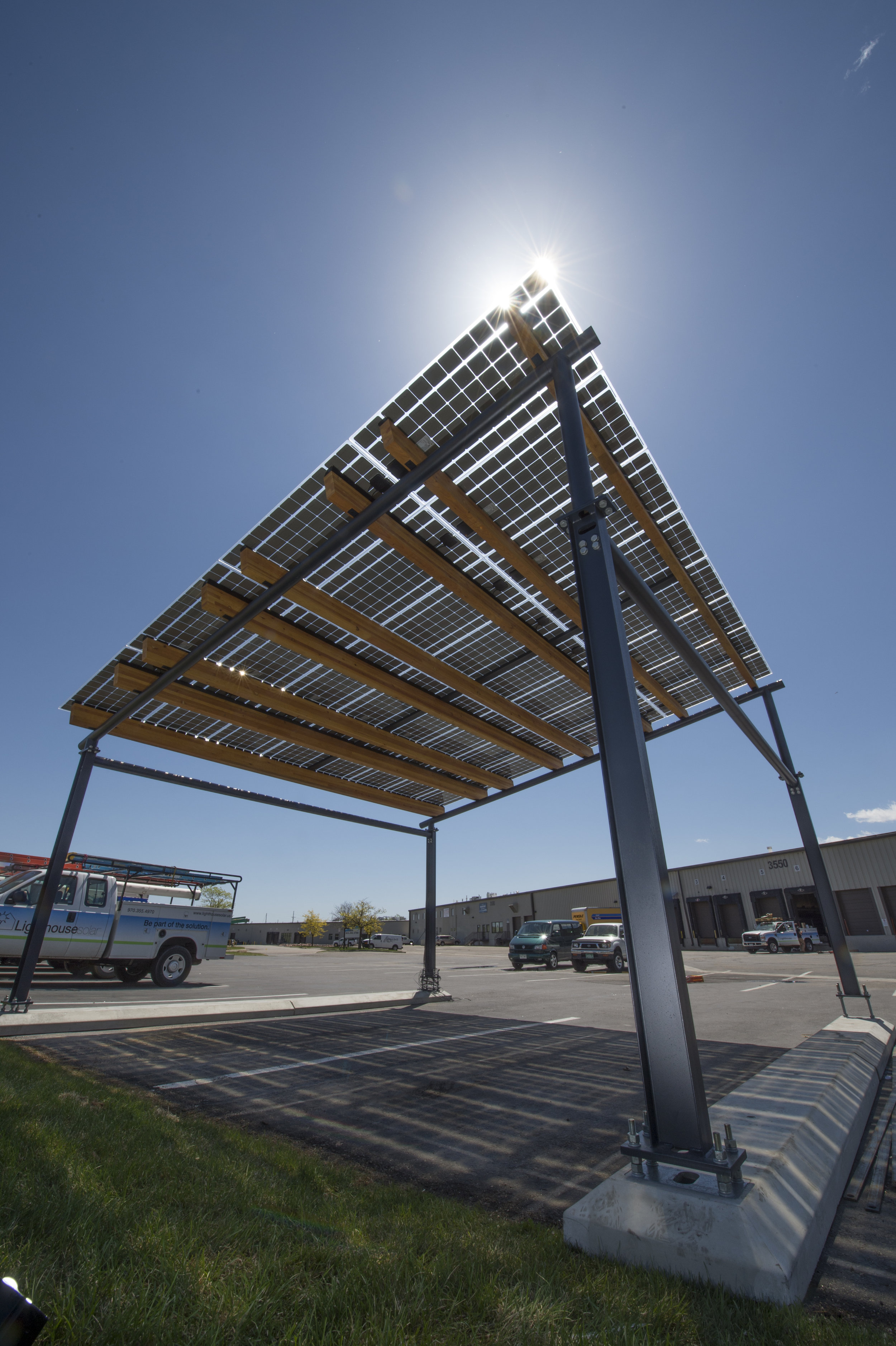

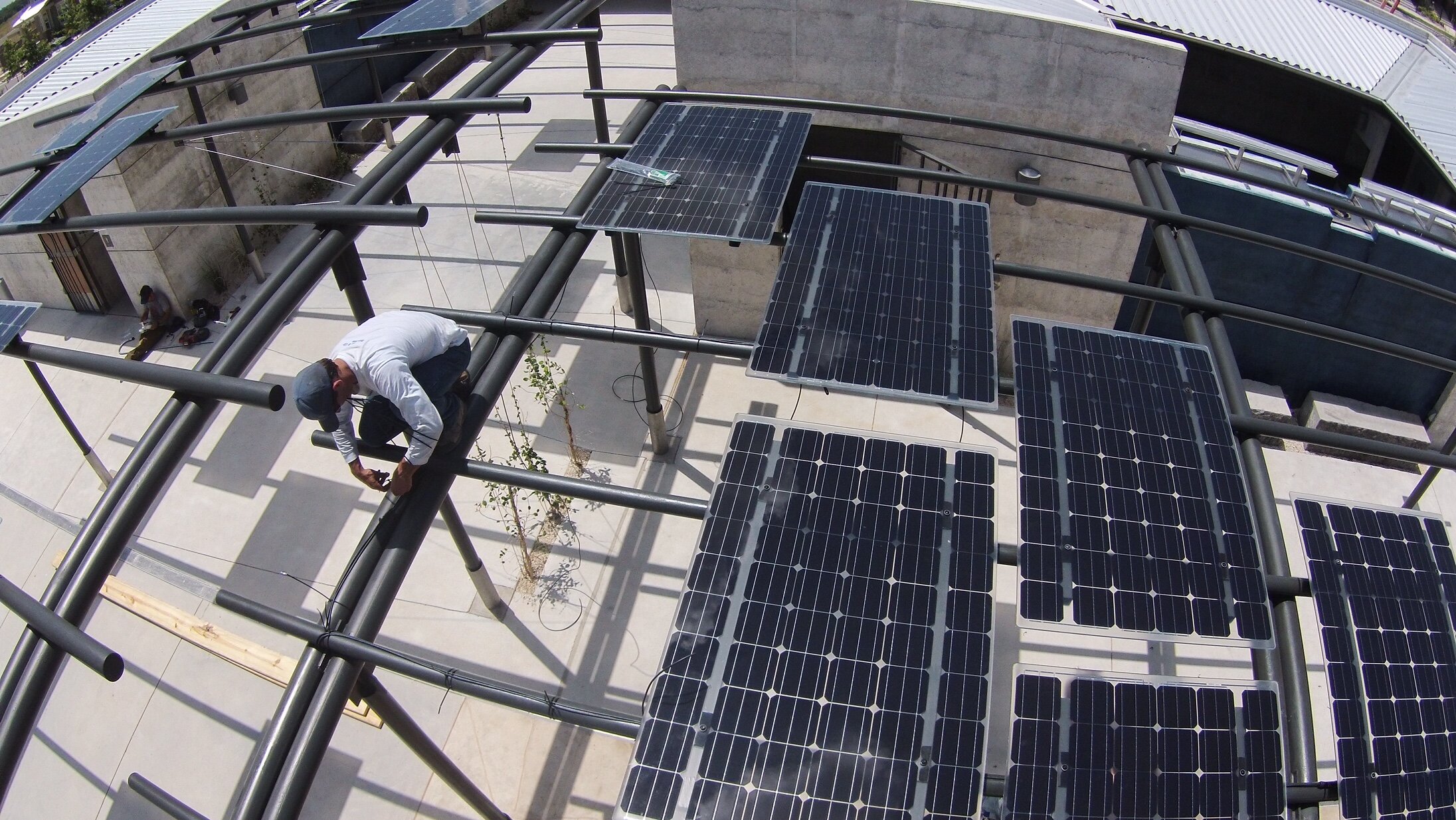
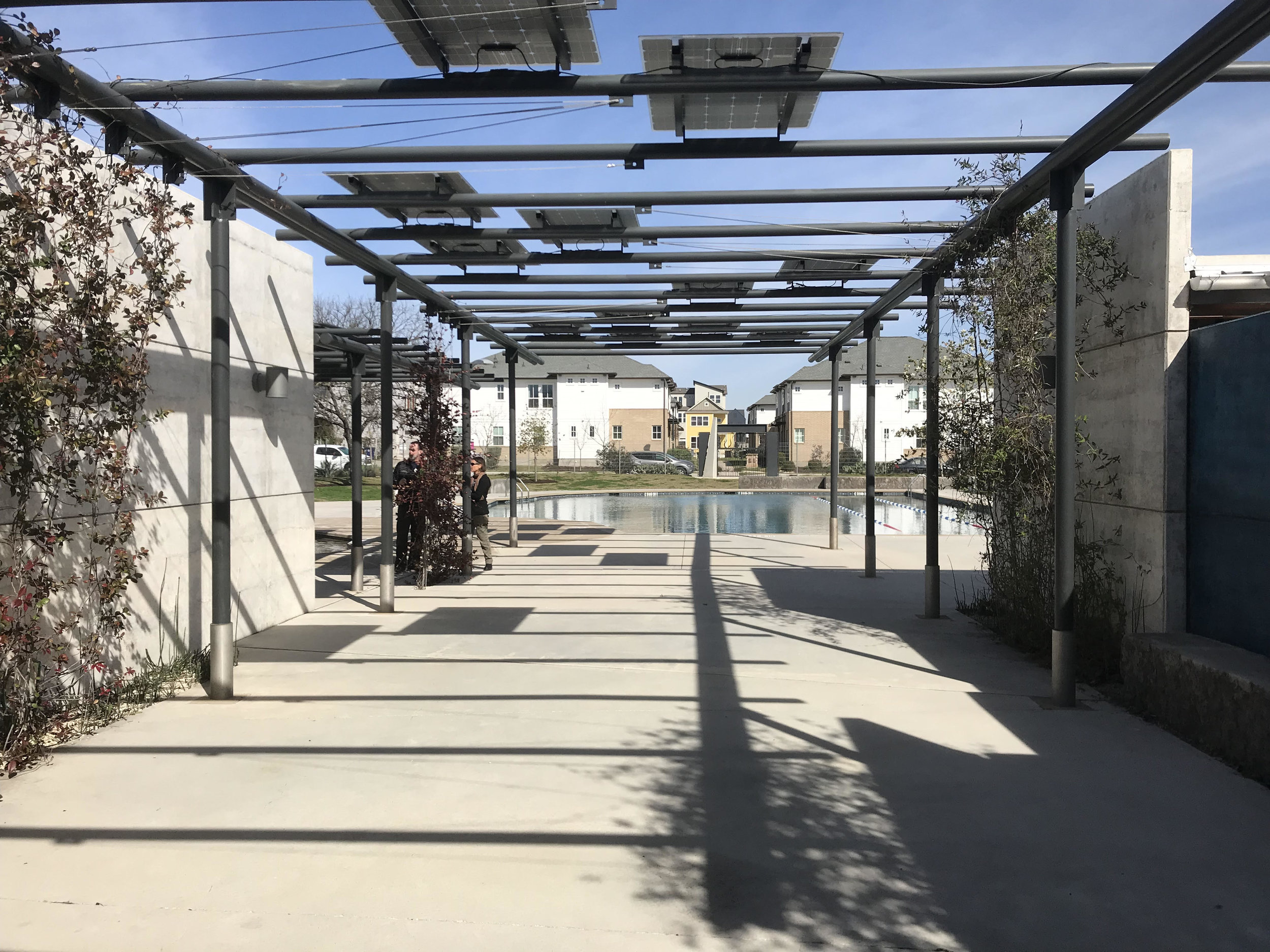


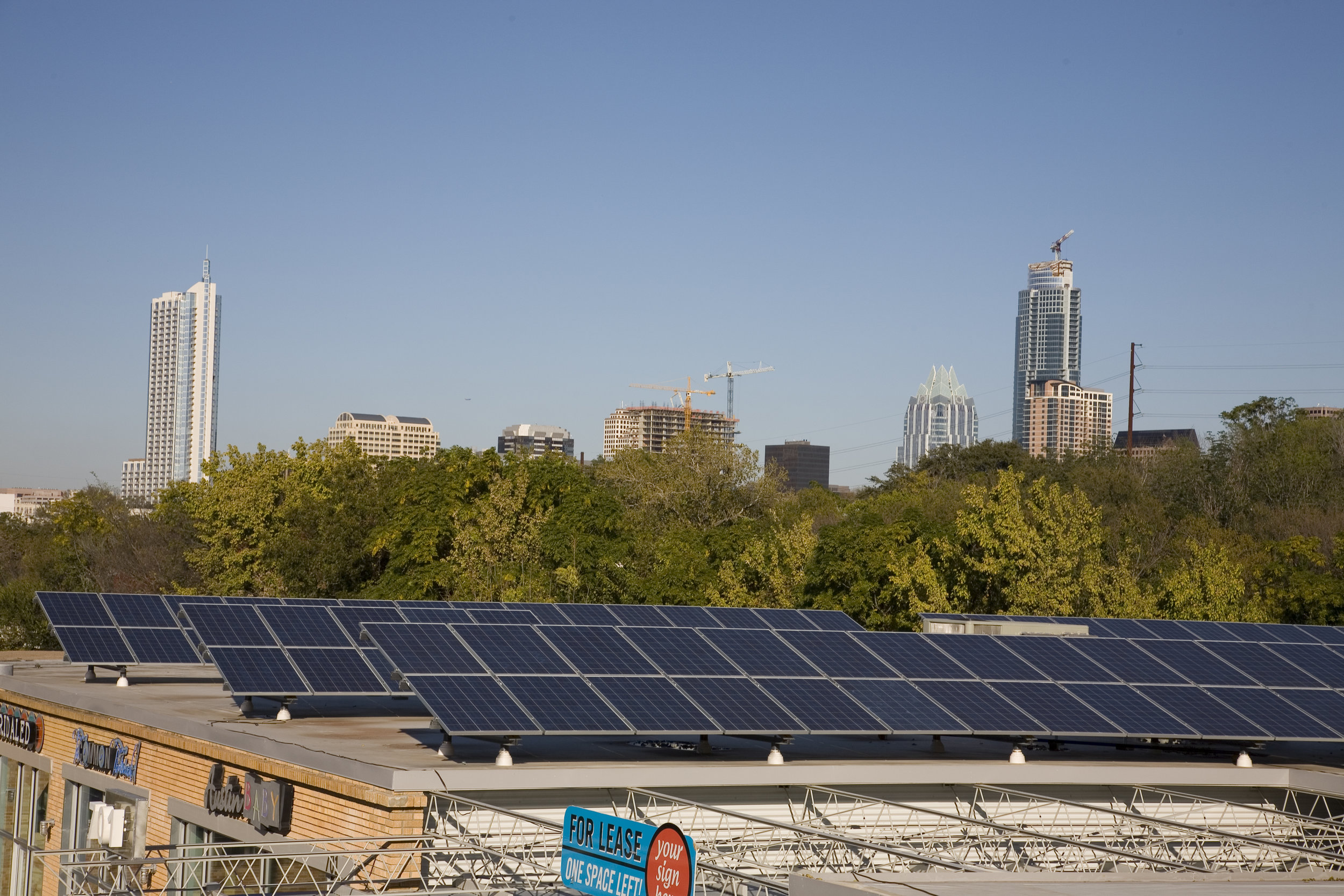
The Lighthouse Solar Way encompasses our philosophy and dedication to bringing 100% customer satisfaction to every client. Our standard service offering is proof that we stand behind every solar system we install.
Limited Lifetime Workmanship Warranty
Lighthouse Solar guarantees our workmanship for the lifetime of every system we install. If there is a problem with our workmanship we will repair, replace or refund as required. System components, including the modules and inverters, are not covered under this warranty but we do honor our manufacturer warranties and will replace any faulty products free of charge as long as they are covered under the original manufacturer warranty.
System Performance Guarantee
Lighthouse Solar offers a 25 Year system performance guarantee. We guarantee that your system’s production will be no less than 90% of our forecast production. If the average of the previous 3 years actual production is less than 90% of our forecast production for the then current year, we will reimburse you for the difference at the average retail cost of energy for the period plus any applicable production based incentives.
Lightgauge Data Monitoring
We provide with every solar system the Lightgauge production and consumption monitoring solution. With no residual fees, our monitoring solution allows local and web based, real-time access to your system’s performance and your home or business’s consumption. Lighthouse Solar maintains a portal into your system’s performance to assist in remote diagnostics and expedited service.
We stand by our work and are committed to creating and maintaining long-term partnerships with our clients. We have made the investments in expertise and business practices to be accountable for these commitments. The three Lighthouse Solar standard practices above are a testament to our broader commitments to a lifetime of clean, renewable energy.




